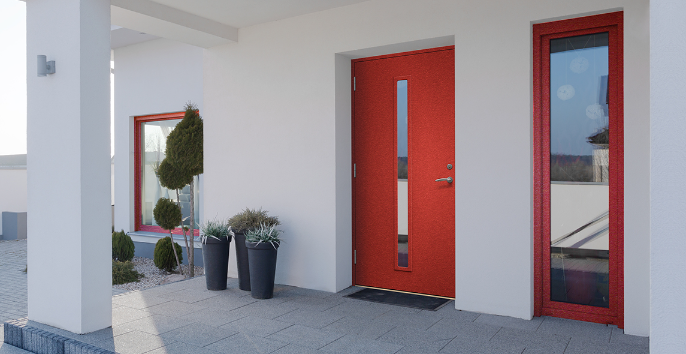Entry doors are not just components which allow entry to a constructing or room. During historical past, entry doors have organised cultural and symbolic significance across the world. Through the complex designs on Asian temple entrance doors to the huge entrance doors of European cathedrals, each and every customs has their particular exclusive viewpoint on the necessity of doorways. Within this blog post, we are going to check out the social importance of doors (dörrar) globally and achieve a further gratitude to the concealed definitions behind them.
In many Asian ethnicities, entrance doors are seen as a symbol of protection and wealth. The intricate styles on temple doorways are not only eye appealing but additionally function as a protecting buffer against bad spirits and adverse power. Furthermore, Oriental red doors are considered to take have a great time and success, this is why they are often used on the entrances of homes and enterprises. On the other hand, Japanese shoji doorways represent the minimalist procedure for layout and structure in Japanese traditions. These good-grained entry doors are created from lean solid wood support frames and rice paper, allowing for natural light to filter to the property as well as supplying level of privacy.
In European cultures, entrance doors have a much more splendour artistic, especially with regards to religious buildings. The lavish entry ways of European cathedrals was often employed to symbolize the splendour in the chapel and the necessity of its spiritual lessons. The decorative aspects on the entry doors, like complex carvings and spiritual motifs, were used to highlight the necessity of the construction and its particular objective. Additionally, doorways often explain to a narrative in European structure, with all the front door to the Notre Dame Cathedral in Paris informing stories in the Outdated and New Testament through its carved reliefs.
Entry doors also carry an exclusive devote African traditions, where by these are seen as a representation in the cycle of life. In Nigeria, the door of any house is a symbol in the owner’s sociable reputation and fiscal standing up. The greater intricate the door, the larger the owner’s standing. In addition, doors will also be noticed in order to link the living to the deceased. The Yoruba people of Western Africa feel that the entrance may be the pathway from your lifestyle world for the mindset community, which is the reason ornately embellished entrance doors are often located in shrines and ancestral residences.
In South American customs, the doorway to a residence is viewed as a representation from the family’s persona. The façade in the doorway is usually embellished with vibrant colors and elaborate models to mirror the family’s unique tradition and heritage. Furthermore, the front side entrance is often decorated with blossoms or other all-natural factors to create a feeling of tranquility and calmness to the residence.
In a nutshell:
Doorways have played a crucial role in ethnicities globally throughout historical past. From their aesthetic importance on the significance behind them, entrance doors carry ethnic and psychological significance that transcends their function of enabling entry. By comprehending the that means behind the doorways we deal with daily, we could achieve a greater gratitude for the value of ethnic and ancient value.
